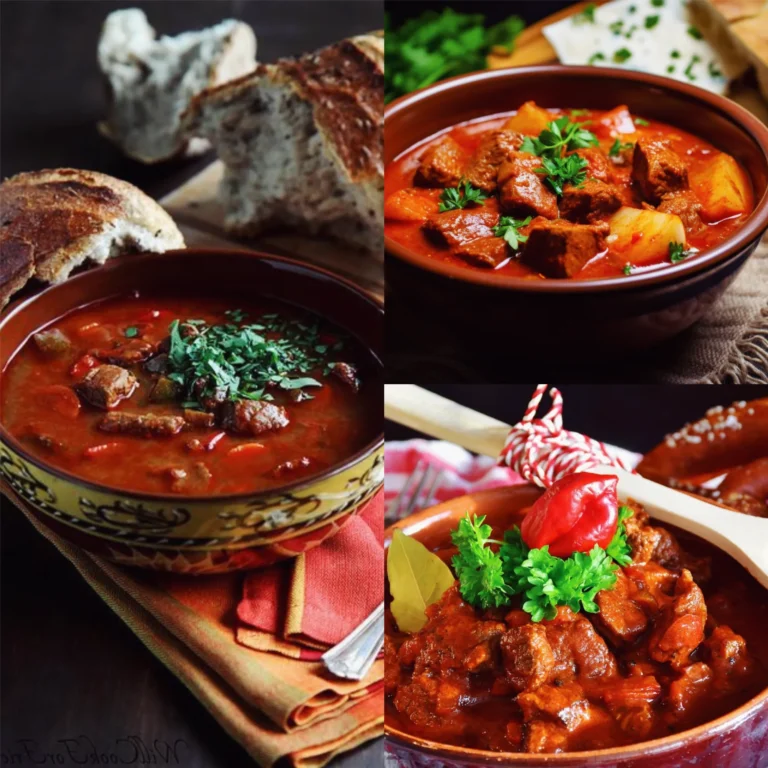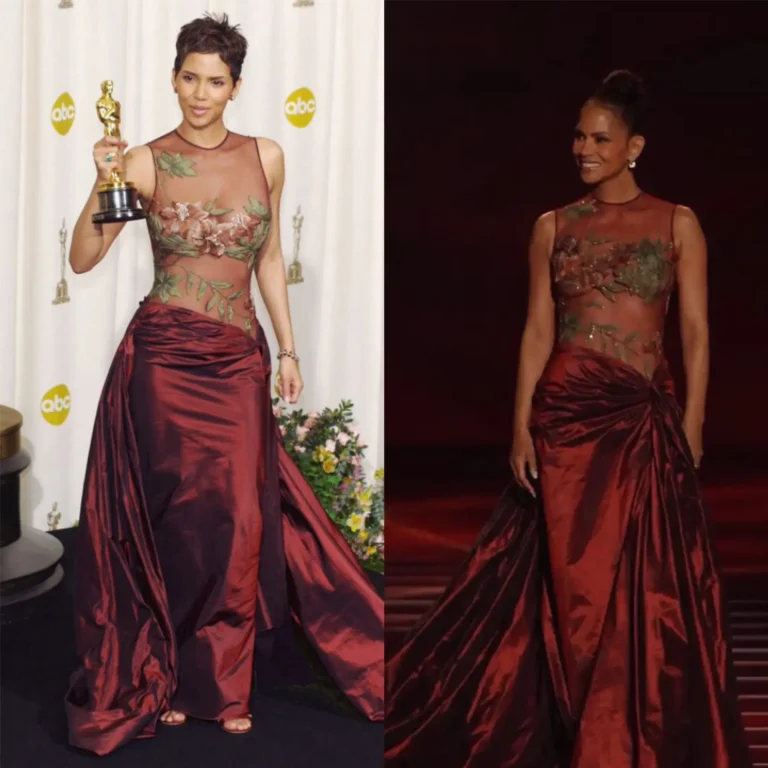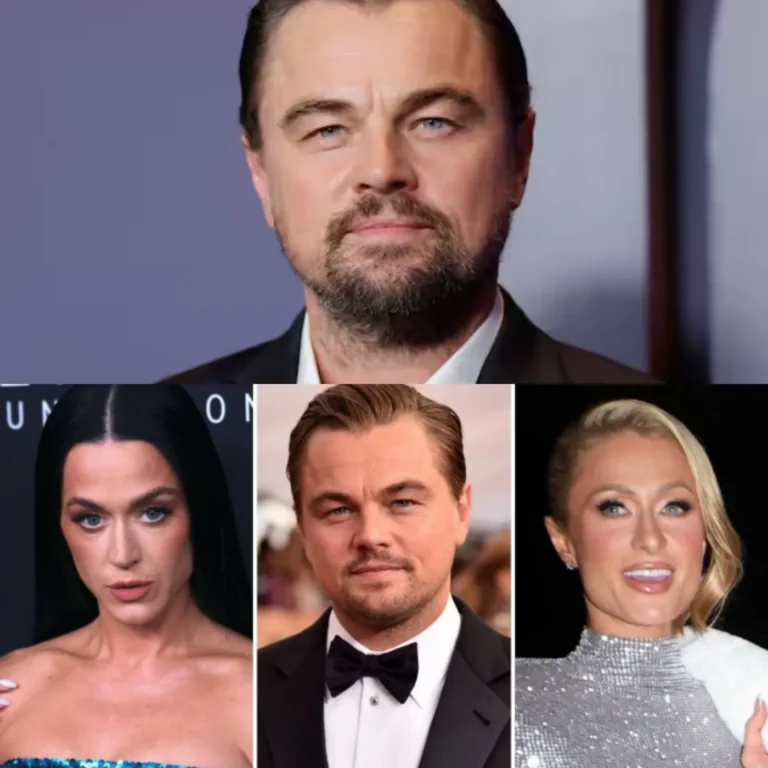
The Growing Popularity of Mukbangs: A Trend with Hidden Risks

Mukbangs, a trend that originated in South Korea, have taken the internet by storm, captivating millions of viewers worldwide. These videos feature content creators consuming large quantities of food, often with exaggerated sound effects that highlight the crunches, slurps, and chewing noises. While these videos are entertaining for many, they are raising concerns among dietitians and health experts.
What is a Mukbang?
The term “mukbang” is derived from the Korean words “meokda” (to eat) and “bangsong” (broadcast). Mukbangs typically involve a person eating a massive amount of food while engaging with their audience, either through casual conversation or by focusing on the sounds of eating. The trend has become particularly popular on platforms like YouTube and TikTok, where creators post both traditional mukbangs and more casual “eat with me” videos featuring average-sized meals.
The Allure of Mukbangs
Mukbangs gained popularity on YouTube around 2015, with a significant spike in interest during the COVID-19 pandemic. Many viewers were drawn to these videos for the sense of social connection they provided during a time of isolation. For some, watching mukbangs feels like sharing a meal with the creator, offering a comforting, communal experience.
Kieanna, a mukbang creator with over a million followers, attributes her success to the ASMR-like qualities of her videos, where the sounds of eating are amplified. She often experiments with unusual food combinations, such as candy-coated pizza or hot dogs, to keep her audience engaged. Despite the entertainment value, Kieanna acknowledges that she rarely finishes all the food shown in her videos, emphasizing that her content is meant for fun and should not be taken too seriously.

Dietitians’ Concerns
Despite the lighthearted nature of mukbangs, dietitians are increasingly worried about the potential health risks associated with this trend. A study from January 2020 found that the most extreme mukbangs—those featuring excessive eating or the consumption of highly spicy or irritating foods—tend to receive the most views. These videos, often showcasing unhealthy food choices, may encourage viewers to overeat or develop poor eating habits.
Grace Derocha, a registered dietitian and spokesperson for the Academy of Nutrition and Dietetics, expresses concern that mukbangs could lead some individuals to ignore their nutritional needs. Additionally, Suzanne Fisher, a Florida-based dietitian, warns that people with restrictive eating disorders might use these videos to vicariously experience eating without actually consuming food.
Staying Mindful While Watching Mukbangs
It’s important to remember that mukbangs are a form of entertainment, and what you see on screen doesn’t always reflect reality. Creators like Kieanna often edit their videos or don’t consume all the food shown, making it crucial for viewers to maintain a balanced perspective.
Dietitians recommend practicing mindfulness when watching mukbangs and when eating. Be aware of how different types of food affect your mental and physical well-being. Alex D’Elia, a New York-based dietitian, advises viewers to check in with themselves, especially if they notice compulsive behavior related to these videos.

Conclusion
Mukbangs can be a fun and entertaining way to engage with food culture, but it’s essential to approach them with caution. While some mukbangs may inspire viewers to try new recipes or enjoy food in a communal way, others could promote unhealthy eating habits. Staying mindful of your own health goals and maintaining a balanced diet is key to enjoying this trend without compromising your well-being.






